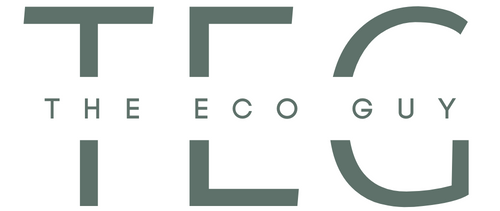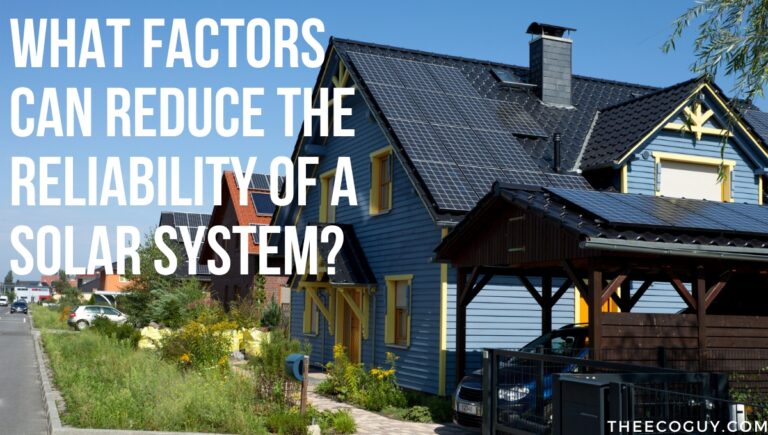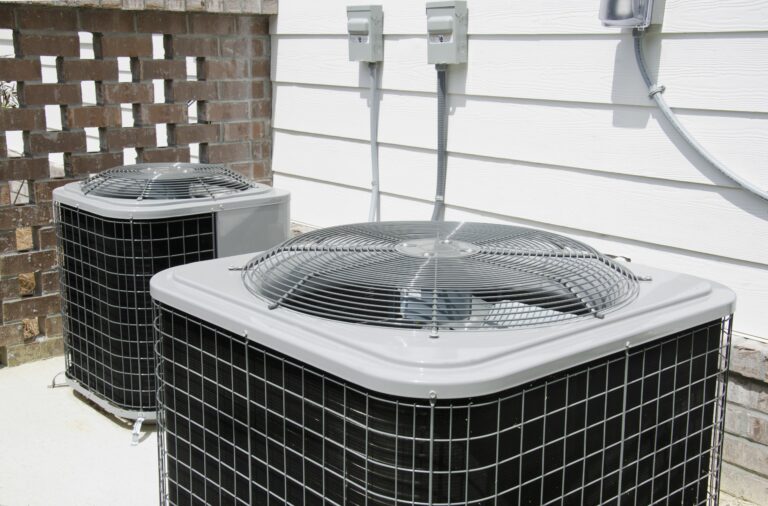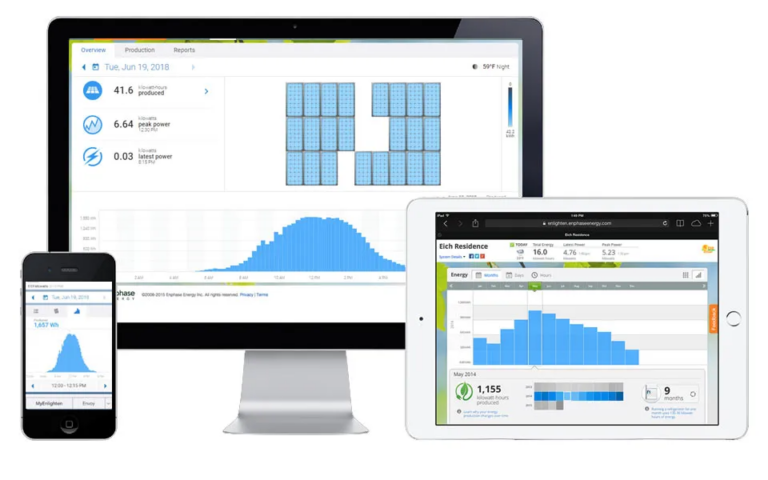How Many Inverters Do I Need? (Find Out Right Now!)
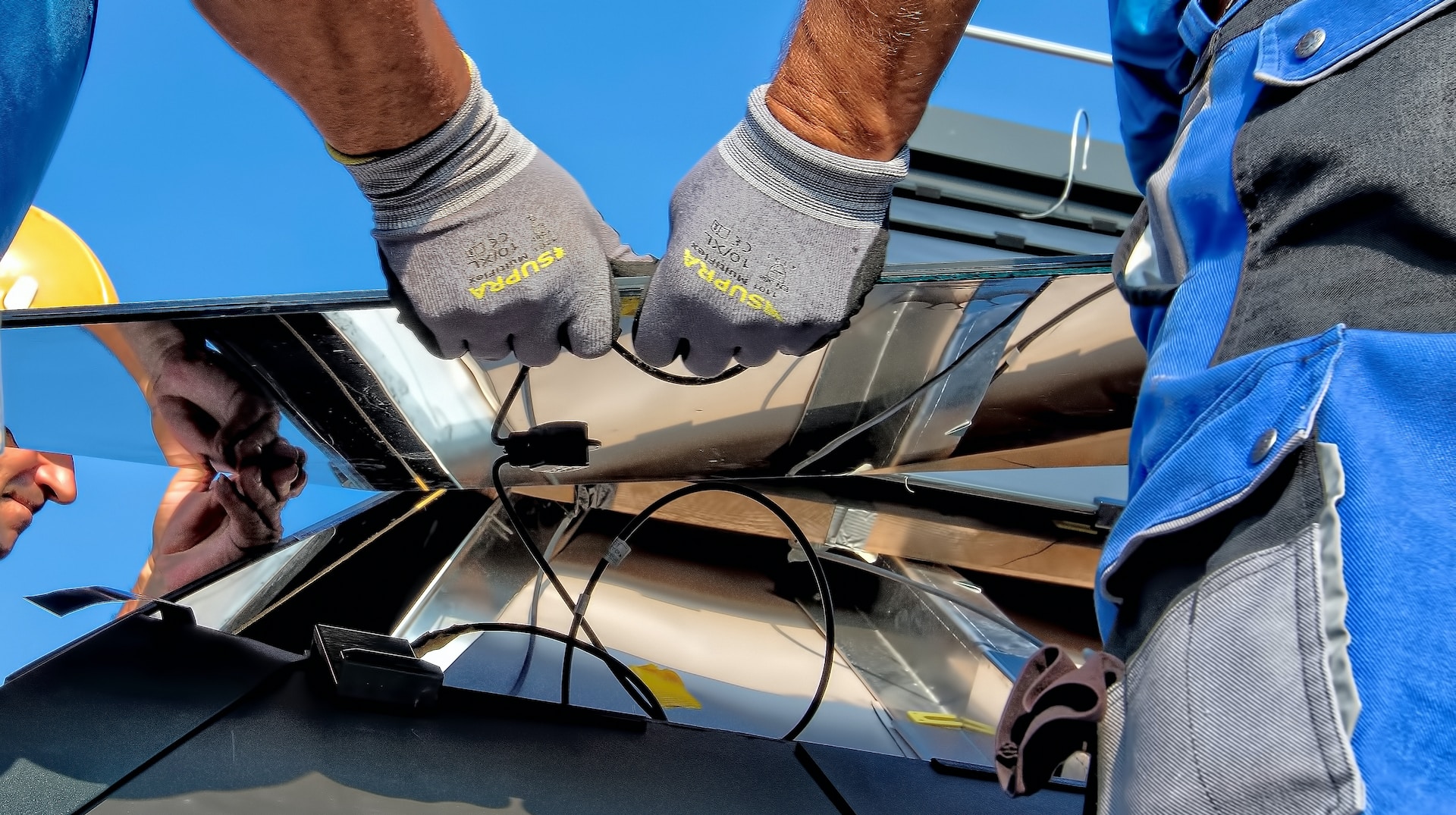
As you embark on the journey to find the perfect inverter for your solar array, think of it as the beating heart of your solar energy system, ensuring the smooth flow of power and maximizing its potential.
But with so many options available, how do you choose the one that suits your specific needs?
In this article, we will unveil the different types of inverters, their unique advantages, and how to determine the right size for your array.
So, get ready to unlock the secrets behind the perfect inverter that will bring your solar dreams to life.
Key Takeaways
Selecting the right inverter for your solar array is crucial for maximizing efficiency and performance.
String inverters are standalone devices that convert DC power to AC for the entire array, while power optimizer inverters optimize voltage from each panel for improved overall performance.
Micro-inverters convert DC to AC at each panel, providing accurate performance data.
Understanding the benefits of each type of inverter and considering factors like continuous and surge wattage will help you make an informed decision for your solar energy system.
Types of Inverters
There are three main types of inverters commonly used in solar arrays: string inverters, power optimizers, and micro-inverters. Each type has its own unique features and benefits.
String inverters are standalone inverters that are mounted close to the ground. They convert the DC-generated power from the solar panels to AC power for the entire array. While they provide performance analysis on the whole system, they don’t provide data on individual panels. They’re cost-effective options but may have lower inverter efficiency compared to other types.
Power optimizer inverters, on the other hand, are placed at each panel. They optimize the voltage from each panel before transmitting it to the central inverter for AC conversion. This enables performance analysis on both the full array and individual panels, resulting in greater overall performance. However, power optimizer inverters require a string inverter for AC conversion.
Lastly, micro-inverters are installed at each panel and convert DC to AC at the panel itself. They deliver converted AC power directly, eliminating the need for a central string inverter. Micro-inverters provide accurate panel and system performance data and aren’t affected by underperforming panel strings. They’re known for their high inverter efficiency and ability to produce maximum voltage.
When considering the cost comparison of inverters, string inverters tend to be the most cost-effective option. Power optimizer inverters are generally more expensive due to the additional components required. Micro-inverters are the most expensive option but offer higher inverter efficiency and added benefits.
String Inverter
Now let’s examine the features and functionality of the string inverter in more depth.
A string inverter is a standalone inverter that’s mounted close to the ground and is connected to the solar panels in strings. Its primary function is to convert the DC-generated power from the panels into AC power.
One of the advantages of string inverters is that they provide performance analysis on the entire system, rather than individual panels. However, a drawback is that if one panel in the string underperforms, it can have a negative effect on the overall performance of the system.
When comparing string inverters to other types of inverters, such as power optimizers and micro-inverters, it’s important to consider the pros and cons of each to determine which is the best fit for your solar array.
Power Optimizer Inverters
Power optimizer inverters are designed to condition and maximize the output from the solar panels, ultimately improving the overall performance of the solar array. Here are four important points to consider when it comes to power optimizer inverters:
- Installation process: Power optimizer inverters require a string inverter for AC conversion. They’re installed at each solar panel, allowing for individual panel optimization. This installation process ensures that each panel operates at its peak efficiency, resulting in increased overall system performance.
- Cost comparison: While power optimizer inverters may have a higher upfront cost compared to string inverters, they offer significant benefits in terms of increased energy production and system optimization. The improved performance can lead to higher energy savings over the long term, making power optimizer inverters a worthwhile investment.
- Performance analysis: Power optimizer inverters enable performance analysis on both the full array and individual panels. This feature allows for easy identification of underperforming panels and pinpointing any issues that may arise, ensuring optimal energy generation from the solar array.
- Greater overall performance: By optimizing the voltage from each panel, power optimizer inverters deliver greater overall performance compared to other types of inverters. This optimization ensures that each panel operates at its maximum potential, maximizing the energy output of the entire solar array.
With their ability to condition and maximize the output of solar panels, power optimizer inverters are an excellent choice for those looking to enhance the performance of their solar array.
Micro-Inverters
Micro-inverters, unlike string inverters and power optimizer inverters, convert DC to AC at each individual panel and distribute the converted AC power directly. This means that each solar panel has its own dedicated inverter, allowing for maximum efficiency and performance.
One advantage of micro-inverters is that they provide accurate panel and system performance data. This allows for easy monitoring and troubleshooting of any issues that may arise. Micro-inverters aren’t affected by underperforming panel strings, as each panel operates independently.
However, one disadvantage of micro-inverters is their higher cost compared to other types of inverters. Since each panel requires its own inverter, the overall system cost can be higher. Furthermore, micro-inverters may require more maintenance due to the increased number of components.
Despite these drawbacks, micro-inverters are an excellent choice for solar arrays that require maximum efficiency and individual panel-level monitoring.
Benefits of String Inverter
While micro-inverters offer individual panel-level monitoring and maximum efficiency, string inverters provide distinct benefits for solar arrays. Here are four advantages of using a string inverter:
- Cost-effective: String inverters are typically more affordable compared to micro-inverters, making them a popular choice for larger solar installations.
- Simplified maintenance: With string inverters, there are fewer components to maintain and replace, reducing the overall maintenance requirements of the system.
- High efficiency: String inverters are known for their high efficiency in converting DC power to AC power, ensuring optimal energy production from the solar array.
- Scalability: String inverters are easily scalable, allowing for the addition of more solar panels to the array without the need for significant modifications or upgrades.
Benefits of Power Optimizer Inverters
Power optimizer inverters offer enhanced performance and advanced monitoring capabilities for solar arrays. By utilizing power optimizer technology, these inverters maximize the output of each individual solar panel, increasing the overall efficiency of the system.
Placed at each panel, power optimizer inverters condition and optimize the voltage from each panel before transmission to the central inverter for AC conversion. This enables not only performance analysis on the full array, but also on each individual panel. By optimizing the voltage from each panel, power optimizer inverters ensure that the panels are operating at their maximum potential, resulting in greater overall performance.
The advanced monitoring capabilities of power optimizer inverters provide detailed information on the performance of both the full array and individual panels, allowing for easy troubleshooting and maintenance.
Benefits of Micro-Inverters
Micro-inverters offer numerous benefits for solar arrays, including improved performance and precise monitoring capabilities. Here are four advantages of using micro-inverters for your solar array:
- Increased Efficiency:
Micro-inverters convert DC to AC at each panel, allowing each panel to operate at its maximum potential. This means that even if one panel is shaded or underperforming, it won’t affect the performance of the rest of the array. - Enhanced Monitoring:
Micro-inverters provide accurate panel and system performance data, allowing you to monitor the output of each individual panel. This level of monitoring enables you to identify and address any issues quickly, ensuring optimal performance of your solar array. - Scalability:
Micro-inverters offer scalability, allowing you to easily expand your solar array in the future. Since each panel has its own inverter, adding more panels is as simple as connecting them to the existing micro-inverters. - Safety:
Micro-inverters operate at lower DC voltages, reducing the risk of electrical shock. They offer rapid shutdown capabilities, which can be crucial in case of emergencies or maintenance.
Despite these advantages, it’s important to consider the potential disadvantages of micro-inverters, such as higher initial costs and the need for additional wiring. However, the benefits they provide often outweigh these drawbacks, making micro-inverters an excellent choice for many solar array installations.
Final Thoughts
Selecting the right inverter for your solar array is crucial for maximizing efficiency and performance.
String inverters are standalone devices that convert DC power to AC for the entire array, while power optimizer inverters optimize voltage from each panel for improved overall performance.
Micro-inverters convert DC to AC at each panel, providing accurate performance data.
Understanding the benefits of each type of inverter and considering factors like continuous and surge wattage will help you make an informed decision for your solar energy system.
Frequently Asked Questions
What Is the Cost Difference Between String Inverters, Power Optimizer Inverters, and Micro-Inverters?
The cost difference between string inverters, power optimizer inverters, and micro-inverters varies based on factors such as efficiency and features. A detailed comparison will provide insights into their respective prices and help determine the most suitable option for your solar array.
Can I Mix Different Types of Inverters in My Solar Array?
Yes, you can mix different types of inverters in your solar array. This is known as inverter compatibility. Using multiple inverters allows for better performance optimization and the ability to monitor individual panel performance.
How Does the Temperature Affect the Performance of Each Type of Inverter?
The temperature can affect the performance of each type of inverter. Inverter efficiency decreases as temperature increases. Higher temperatures can lead to decreased power output and reduced lifespan of the inverter components.
Are There Any Limitations on the Distance Between the Panels and the Inverter for Each Type of Inverter?
For optimal inverter placement, consider the distance between panels and the inverter. String inverters can have longer distances due to DC transmission, while power optimizer and micro-inverter systems require shorter distances for better performance.
Do Different Types of Inverters Have Different Maintenance Requirements?
Different types of inverters have varying maintenance requirements. It is important to follow best practices for inverter maintenance to ensure optimal performance and longevity. Regular inspection, cleaning, and monitoring are essential for proper functioning of the inverter.
